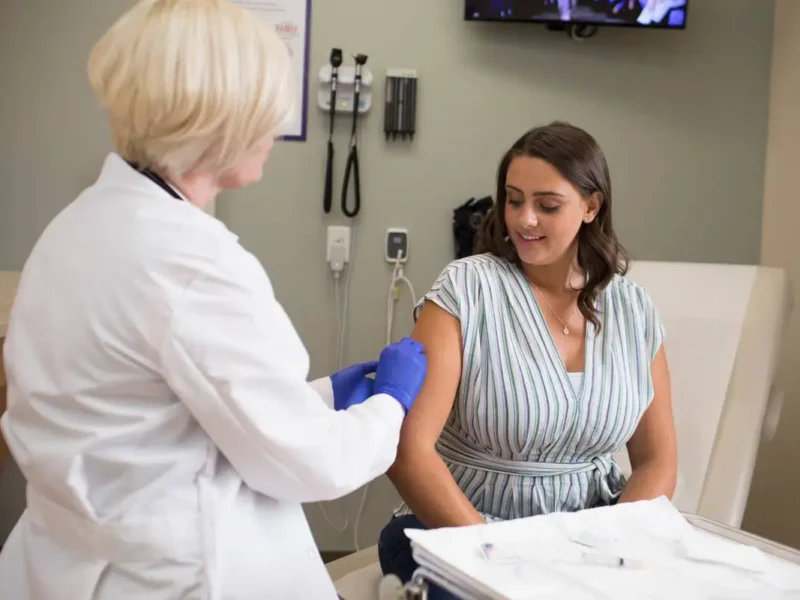
Eye Creams, Gel, or Masks?
Where words are few, it is said that the eyes can convey a lot. And this is especially true in these Covid times when we wear masks that allow our eyes to express themselves more freely because our faces are covered.
But do we take the same care of them that we do with our skin? We tend to overlook the most important part of the skin-the eyes-while exfoliating, moisturizing, and applying sunscreen to maintain healthy skin. Anyone can experience nightmares due to dryness, wrinkles, fine lines, and puffiness under the eyes. Because the skin around our eyes is so delicate, extra care must be taken. Additionally, under-eye bags and dark circles are the first signs of aging to appear on this area of the body.
The reasons are wide and varied. This is mostly brought about by a lack of proper care. It may come as a surprise, but the eyes do a lot of work all along the day from blinking to expressing your emotions which contributes to premature aging. Also, the skin around the eyes is thinner and more delicate than other areas. The other contributing factors include genetics, exposure to ultraviolet rays, and most importantly, lifestyle choices.
Changing lifestyles and resorting to natural cures are the best solutions, but it is not always that those can be effective immediately. But with the market overflowing with eye creams, gels, serums, and masks it is difficult to choose what best suits your needs.
Under-eye creams
From reducing dark circles to keeping the skin hydrated and supple, under-eye creams are gaining prominence for a reason. They help reduce dark circles and keep the skin hydrated and graceful. Currently of stress and inconsistent lifestyle, under-eye creams are a must for anybody’s skincare regime.
Eye gels
Another widely used eye-care product is gel. The main difference between an under-eye cream and a gel is the texture. While under-eye creams are thicker and richer, gels are light, refreshing, and silky. Both contain nearly the same anti-aging elements such as antioxidants, skin-restoring, and skin-replenishing ingredients. So, how to choose between the two? Eye gels work wonders in the morning refreshing the skin around the eyes and helping reduce morning puffiness. It also works well under makeup. On the other hand, eye creams should be used if you prefer a creamy texture and the skin near the eyes is drier than the rest.
Eye masks
Yet another solution for puffy eyes is a mask. Not to be confused with the piece of cloth that we wear to ward off Covid. This mask helps reduce tiredness in the eyes and dark circles. This again must be chosen depending on the skin type. If a dark circle is what bothering you then your eye mask must have a host of ingredients such as niacinamide, idebenone, glycolic, vitamin C, and black pearl extract. For tired-looking eyes, the mask must have hydrating agents such as hyaluronic acid, aloe, green tea, and collagen.
There is a misconception that using a good eye mask for a week or two can work wonders on eye bags and dark circles. However, that is not the case. Eye masks are a good homecare option. But that is not an alternative to in-clinic treatment. So, if you want a dramatic difference, then you must visit a skin doctor and find out which treatment suits best for you such as laser lightening and mesotherapy, etc. for dark circles and ultrasound or plasma for skin tightening and reduction of eye bags. This, however, must be complemented with homecare products and a set skincare routine that has been working well for you. (IANS)




